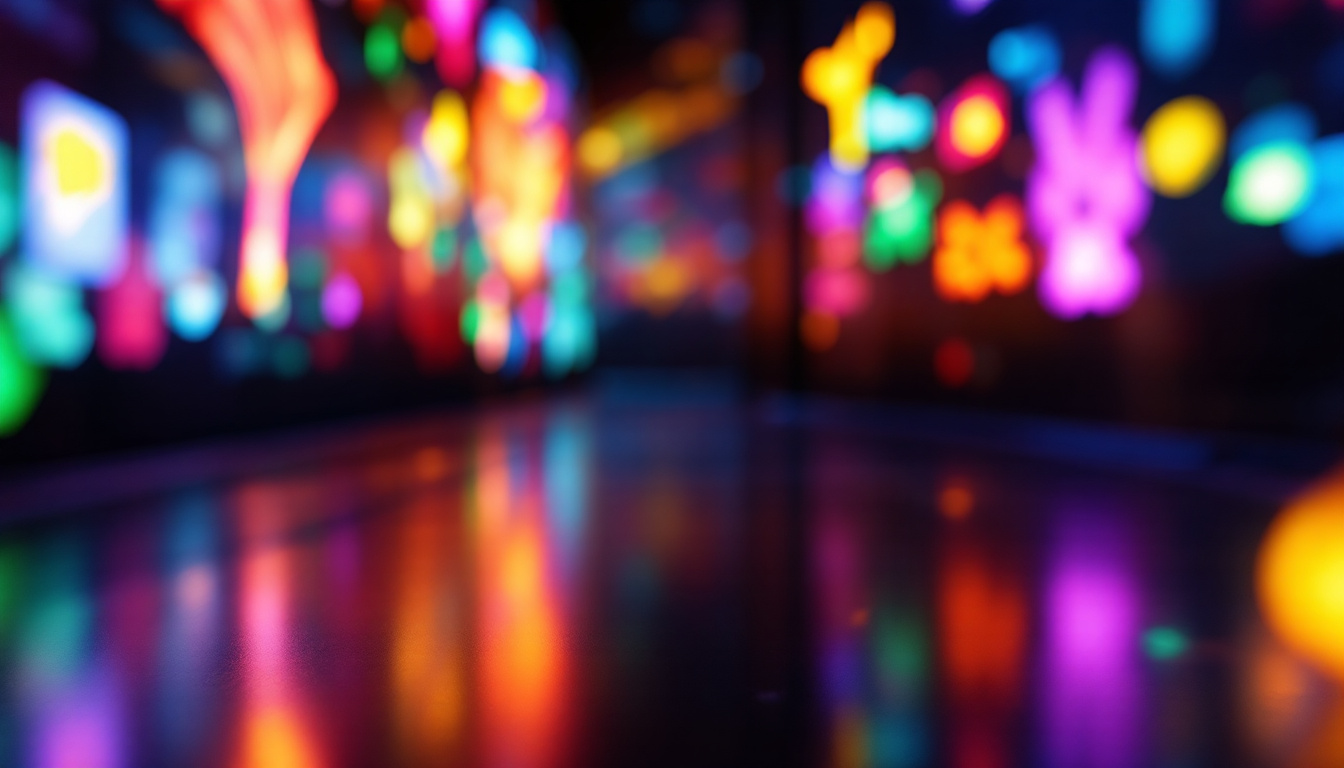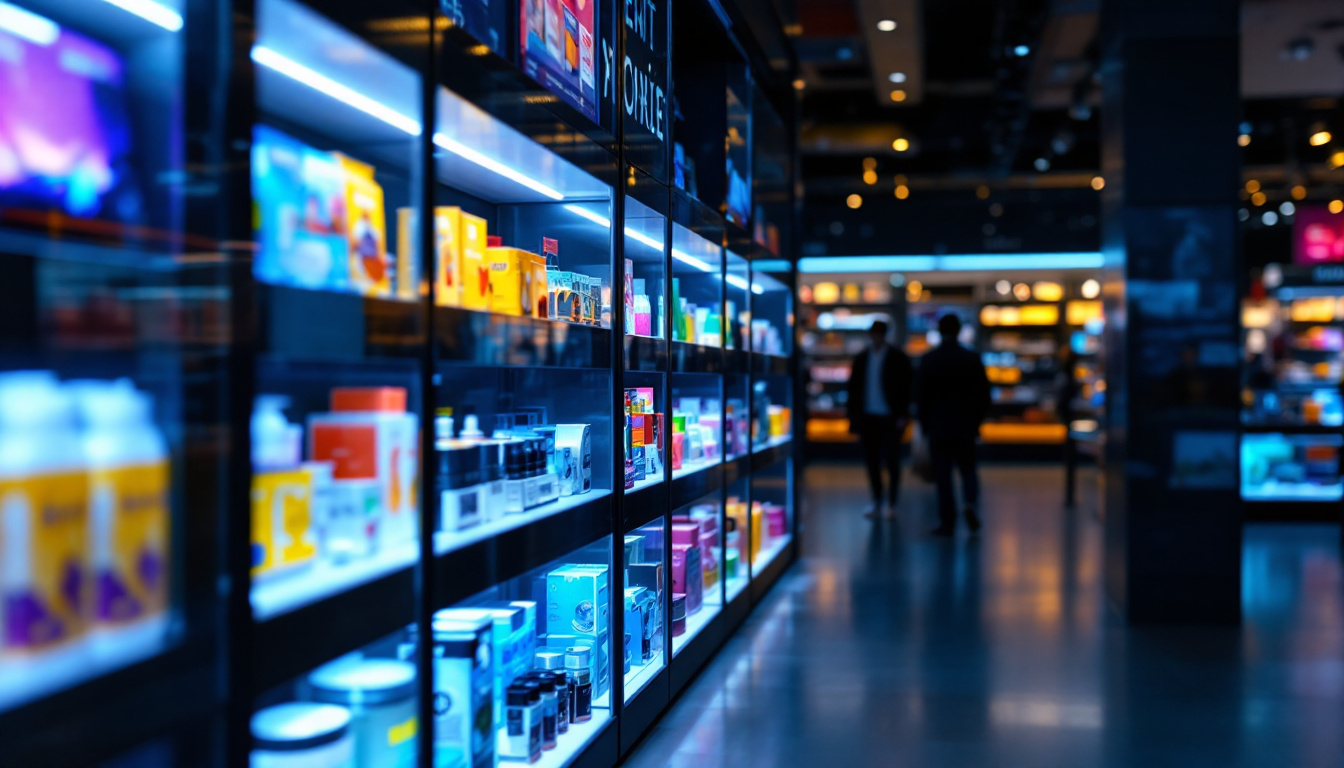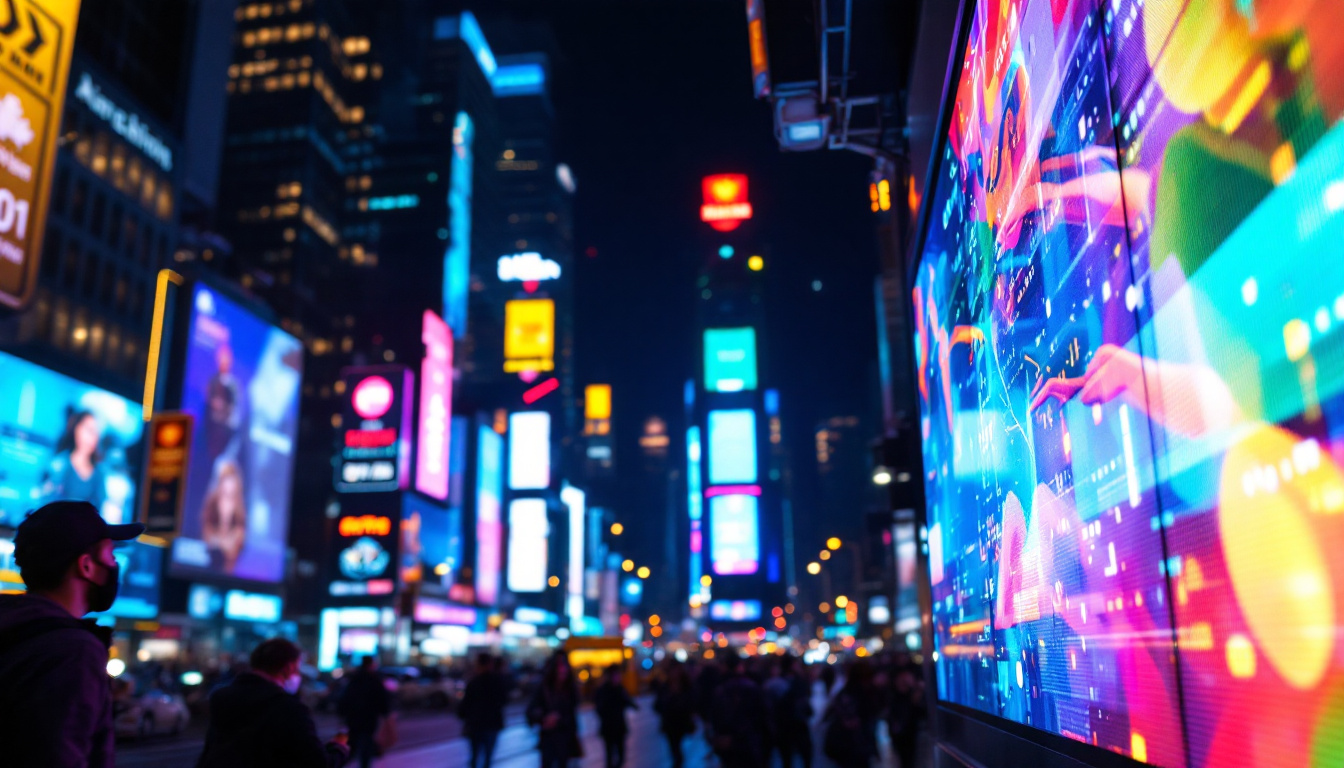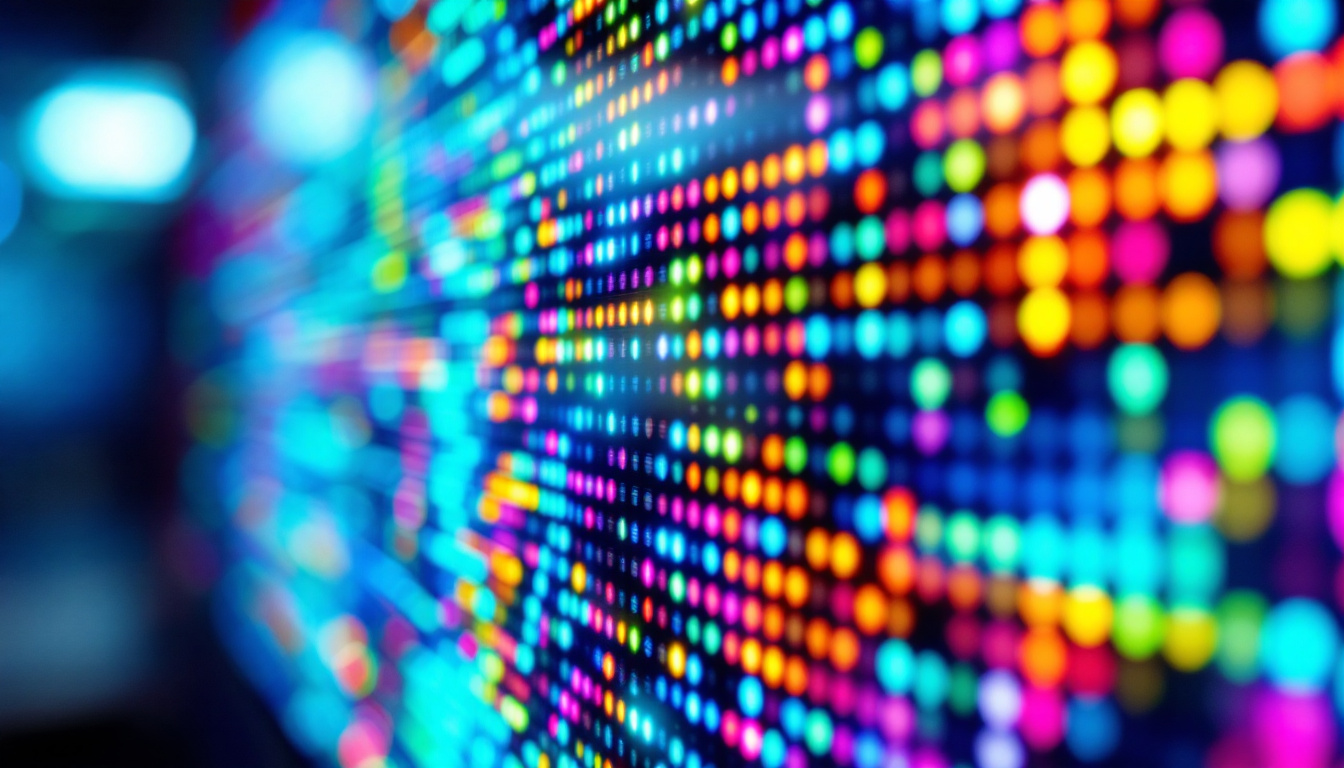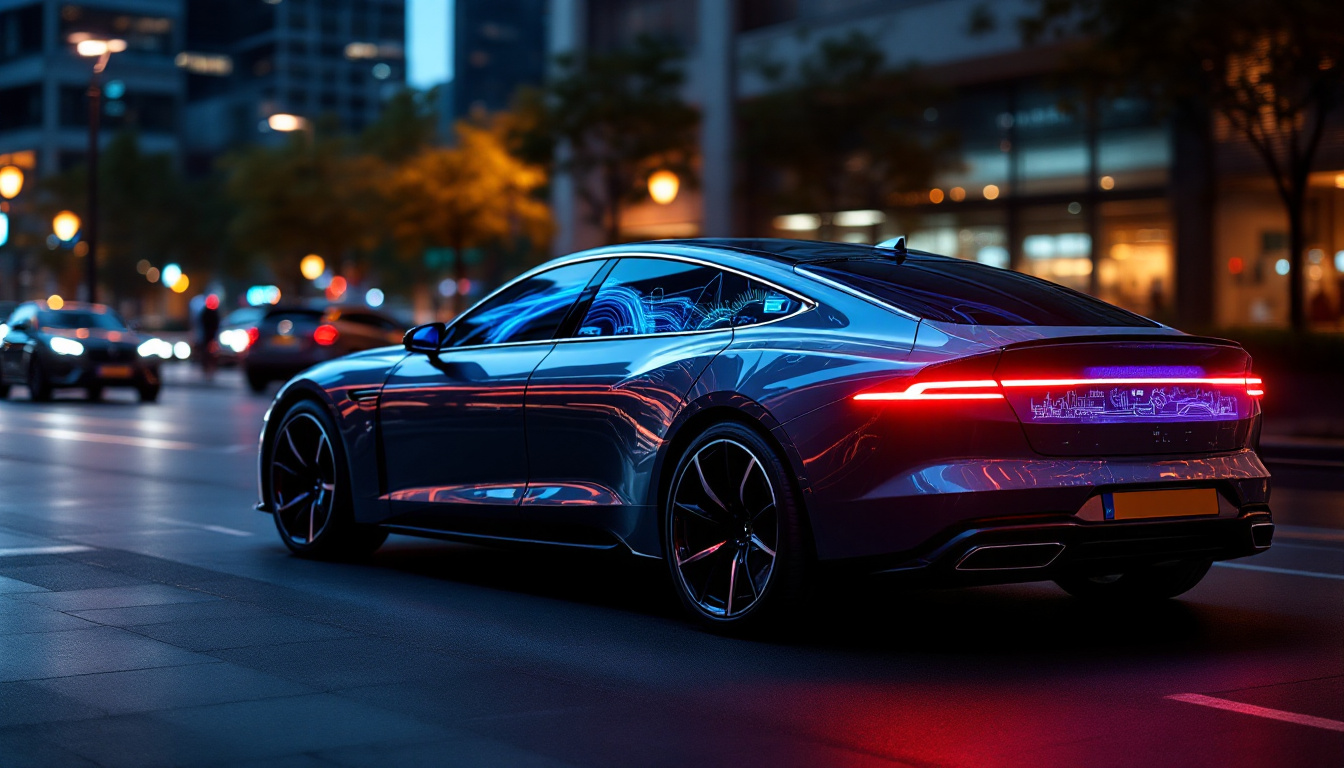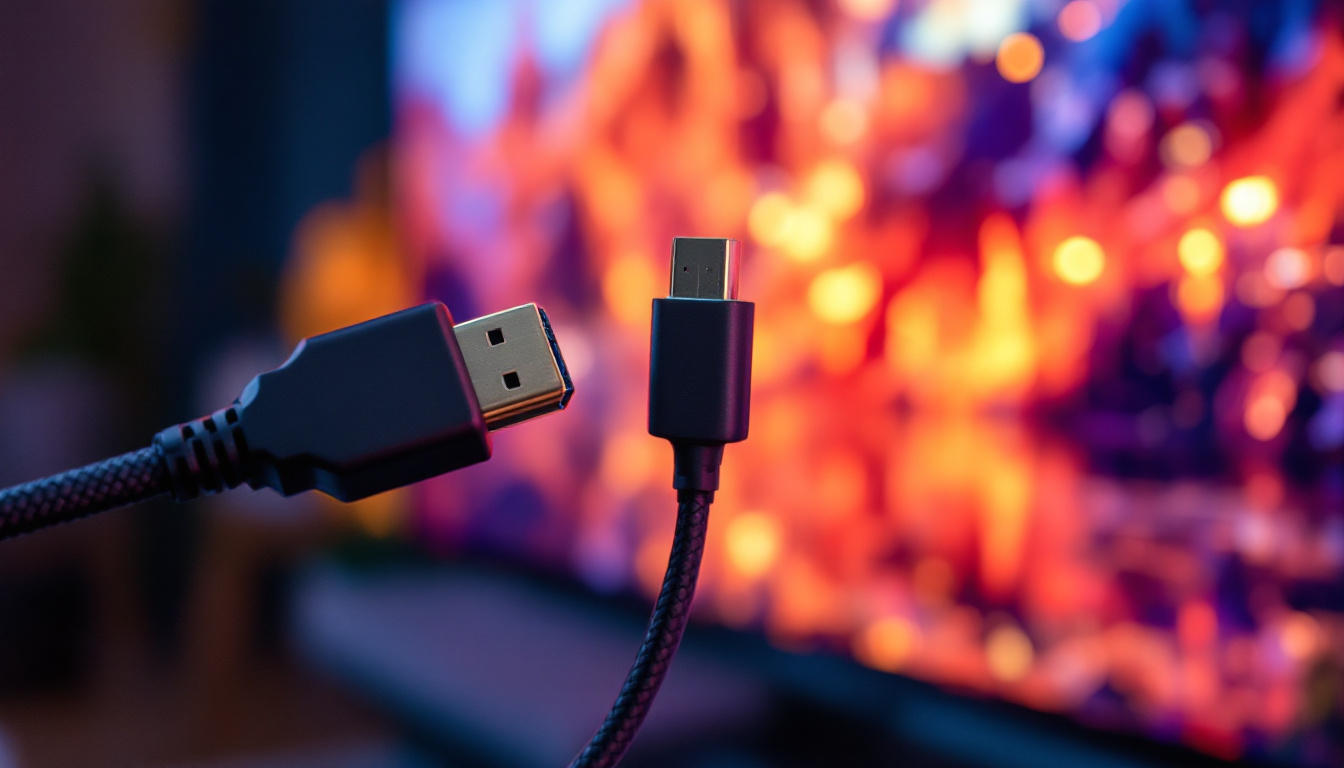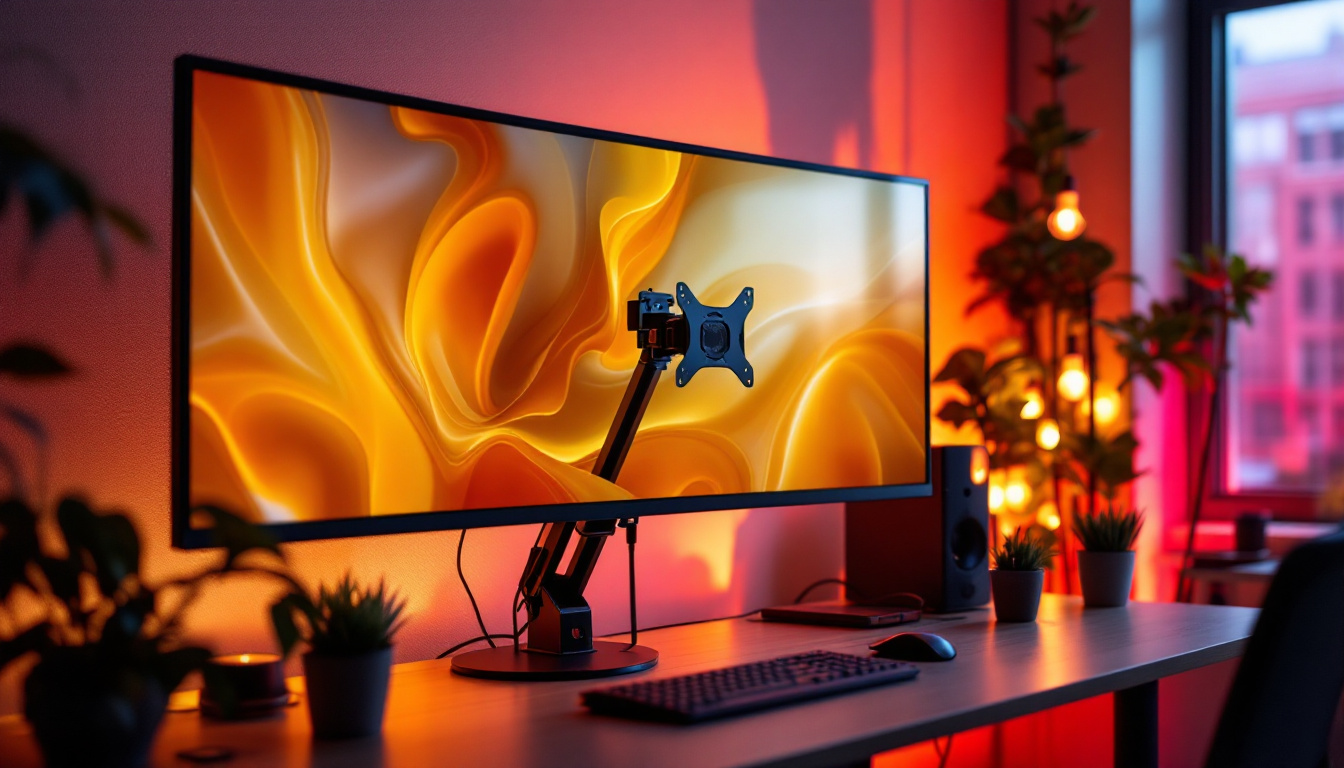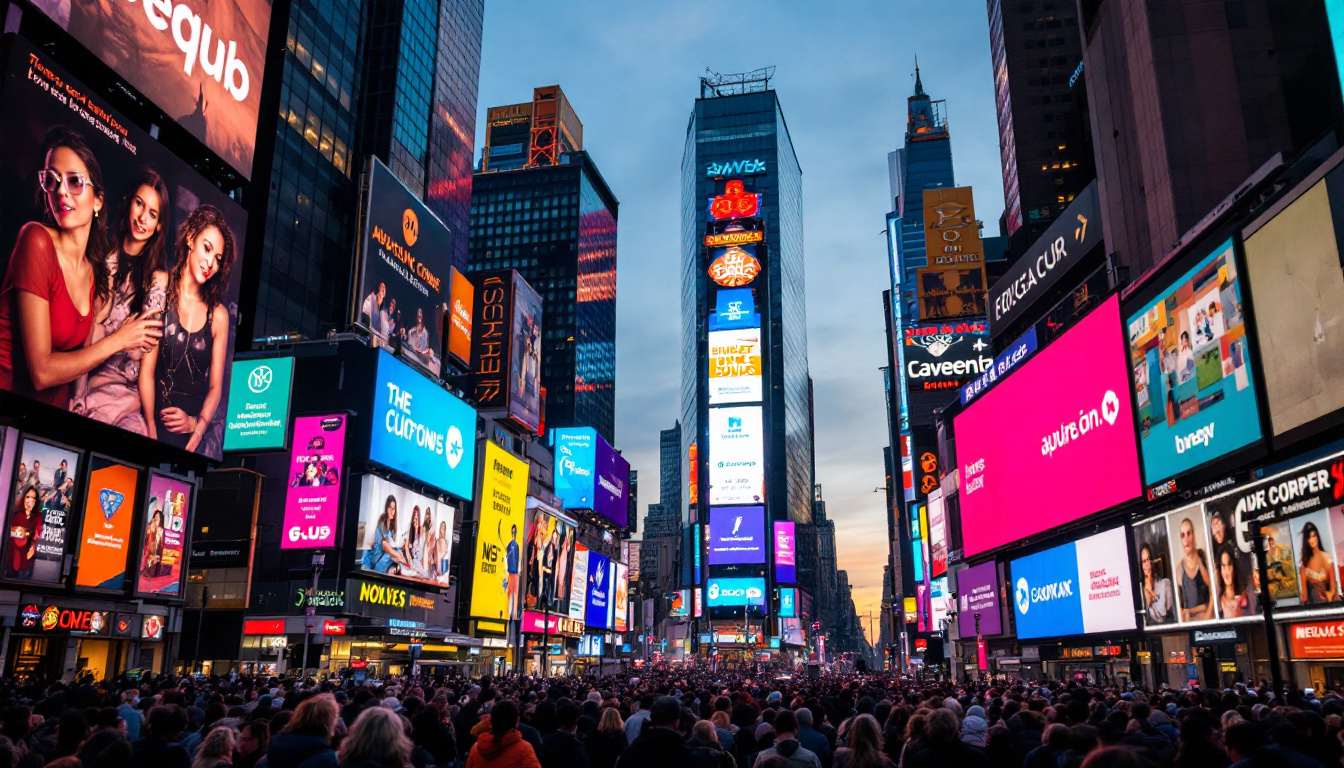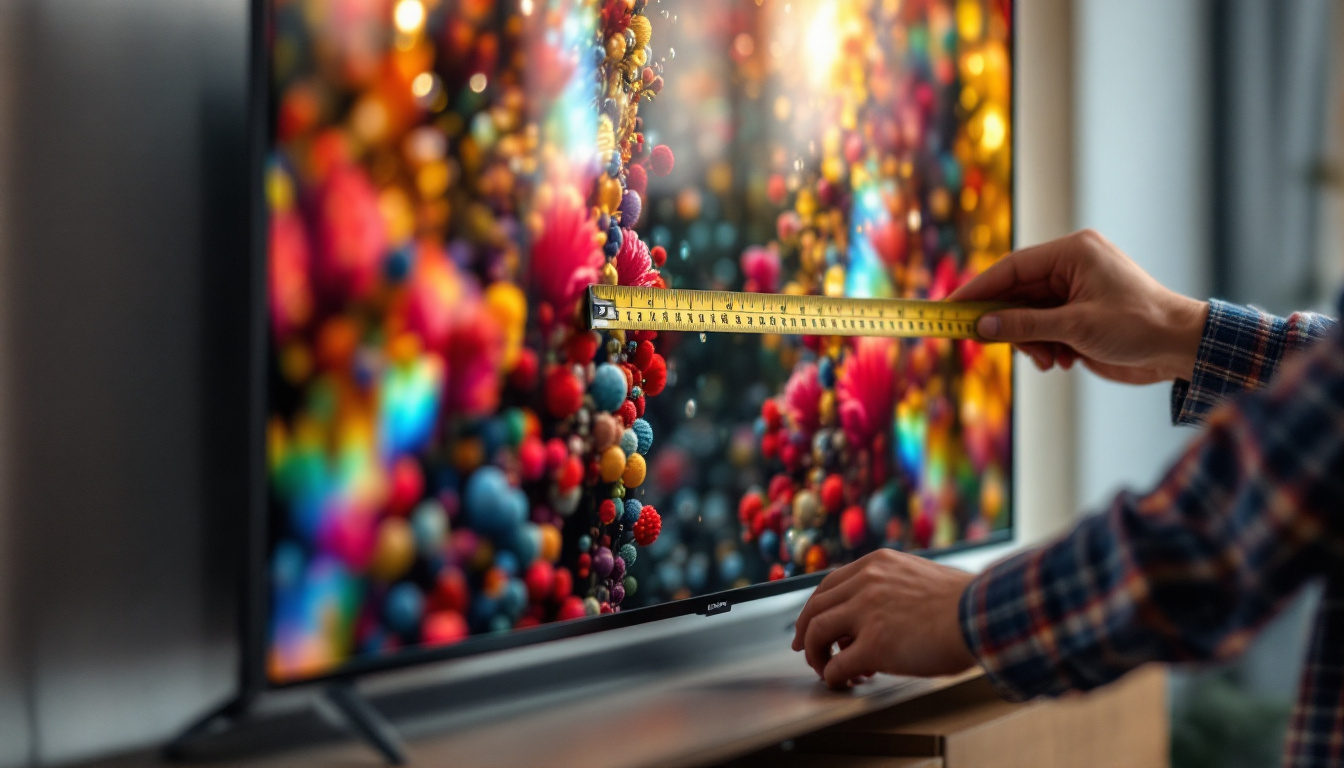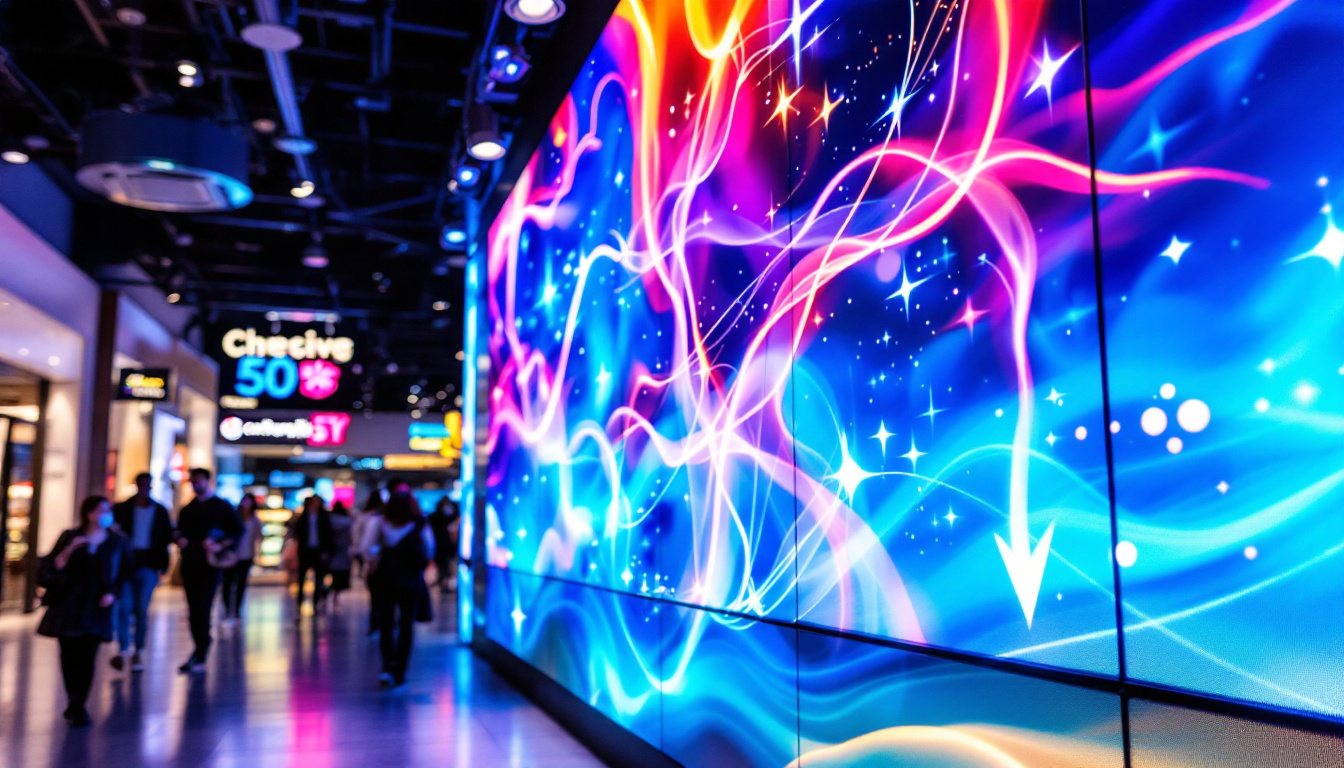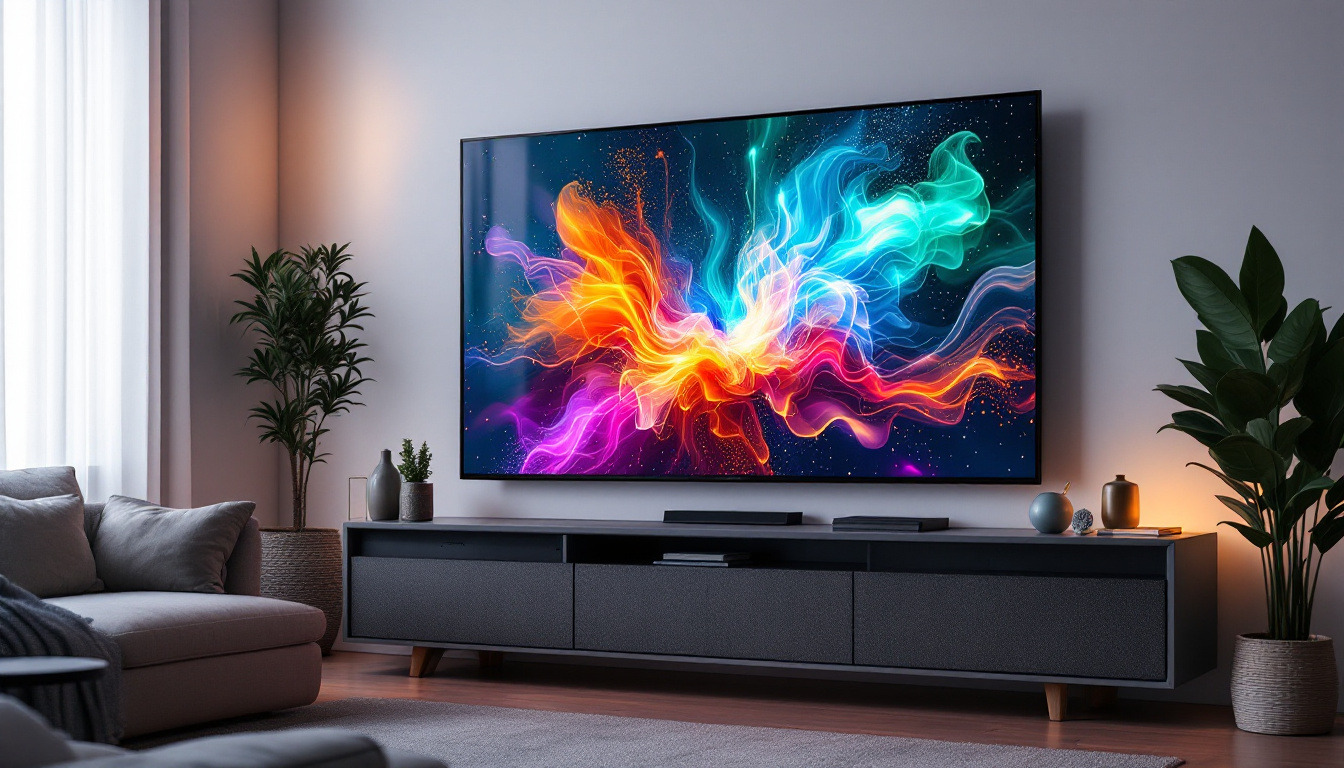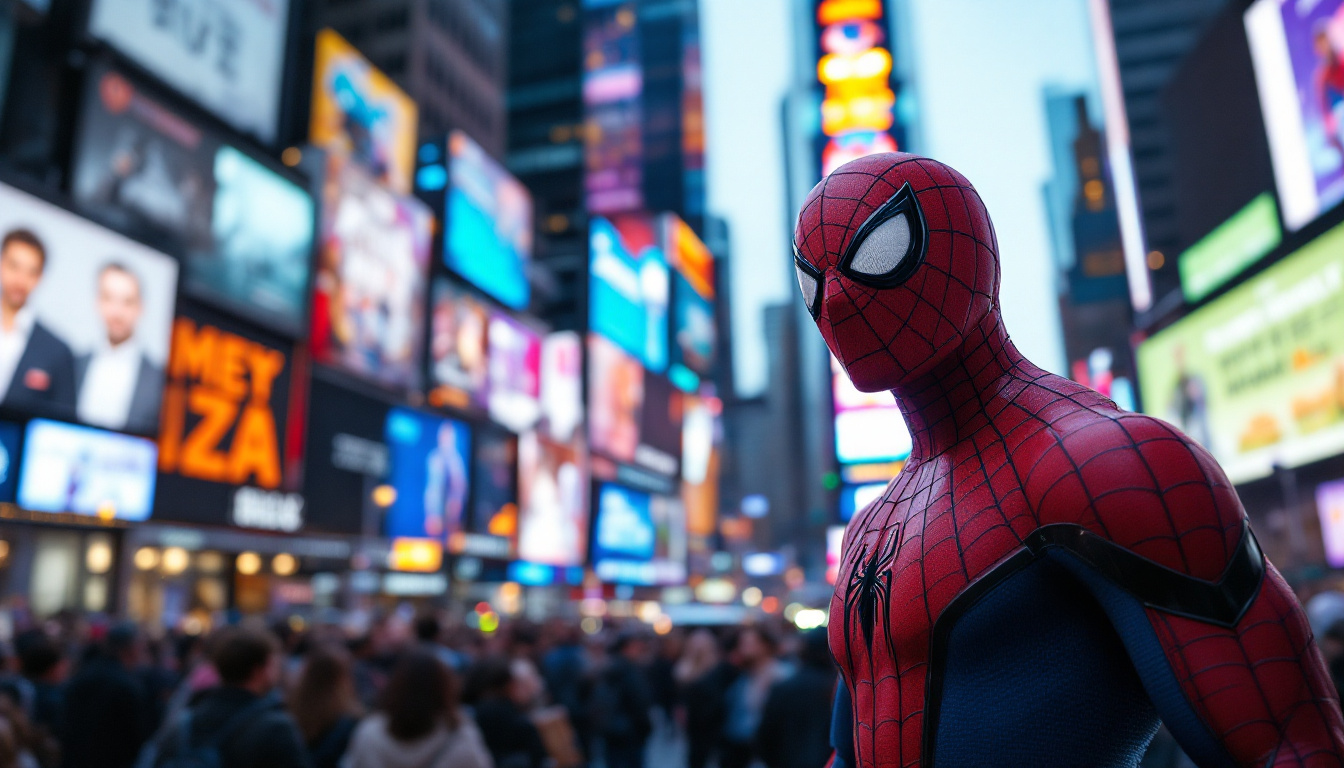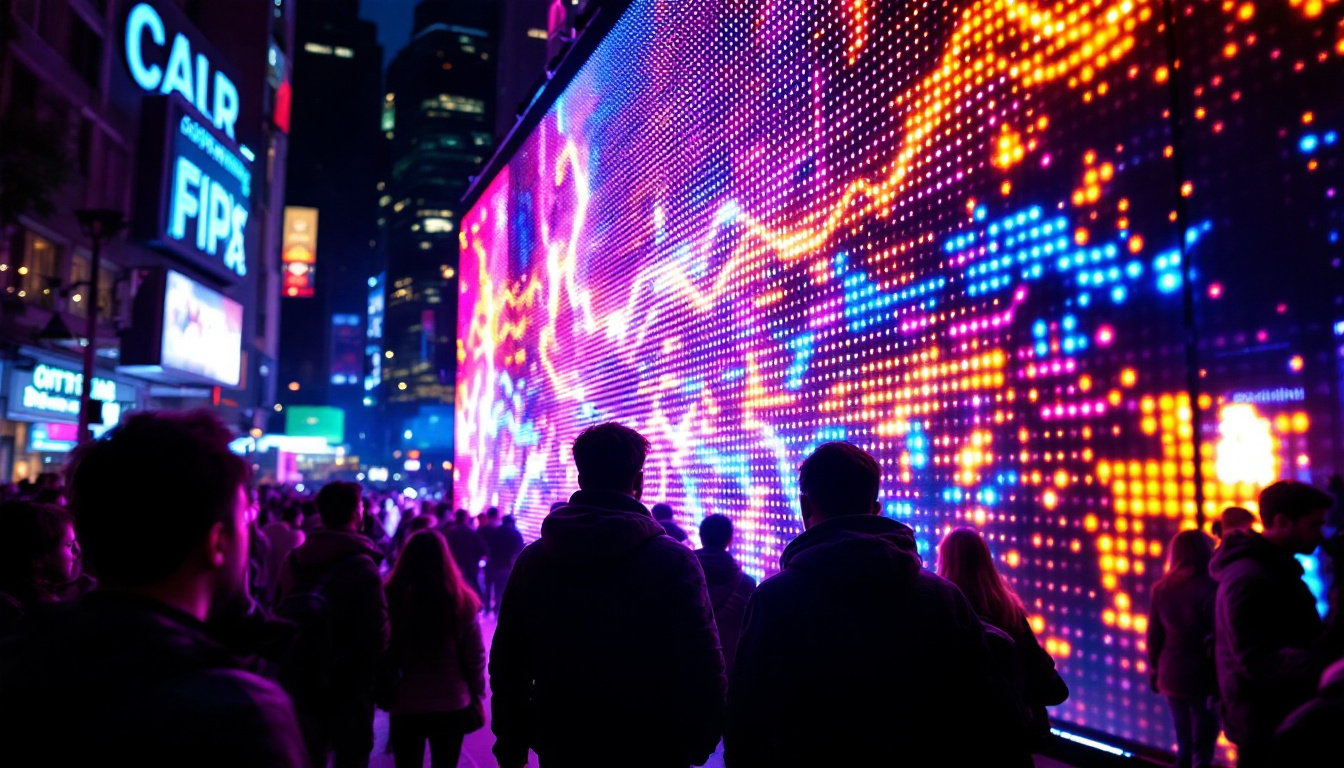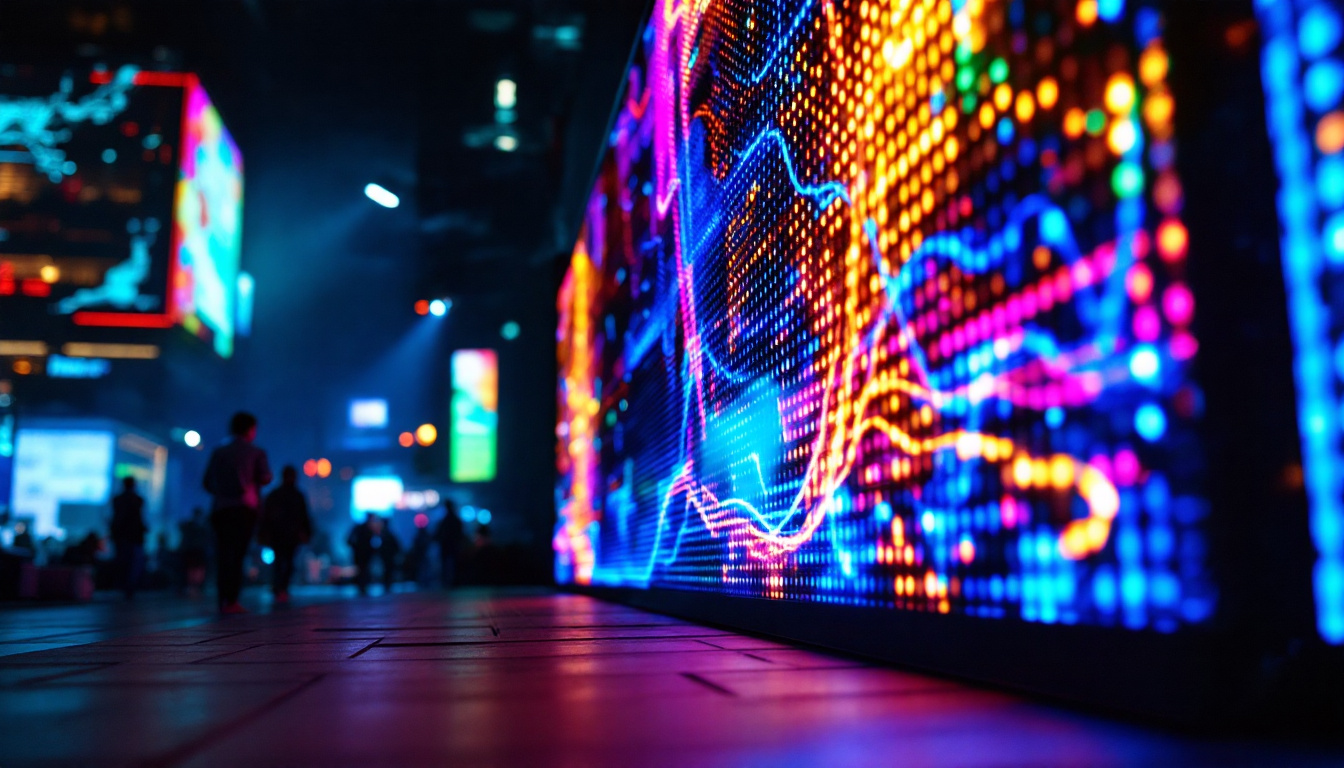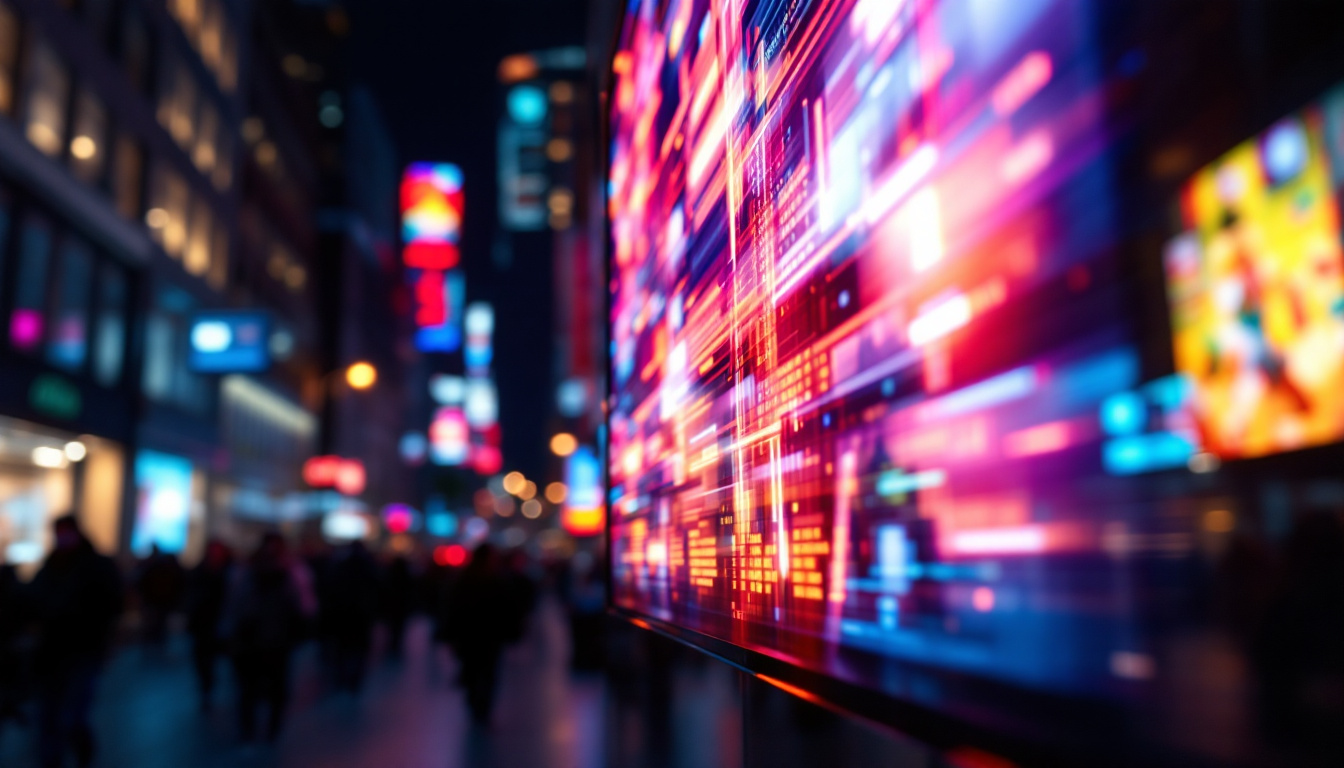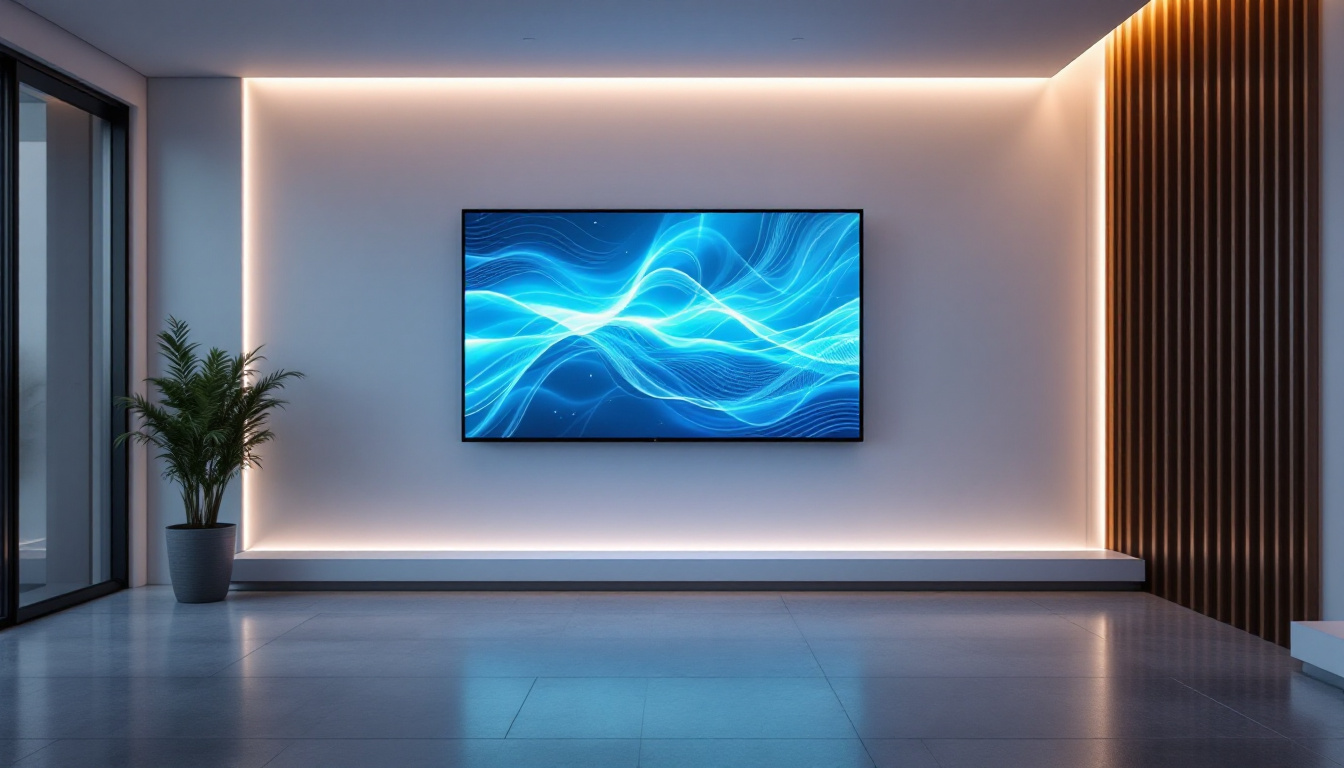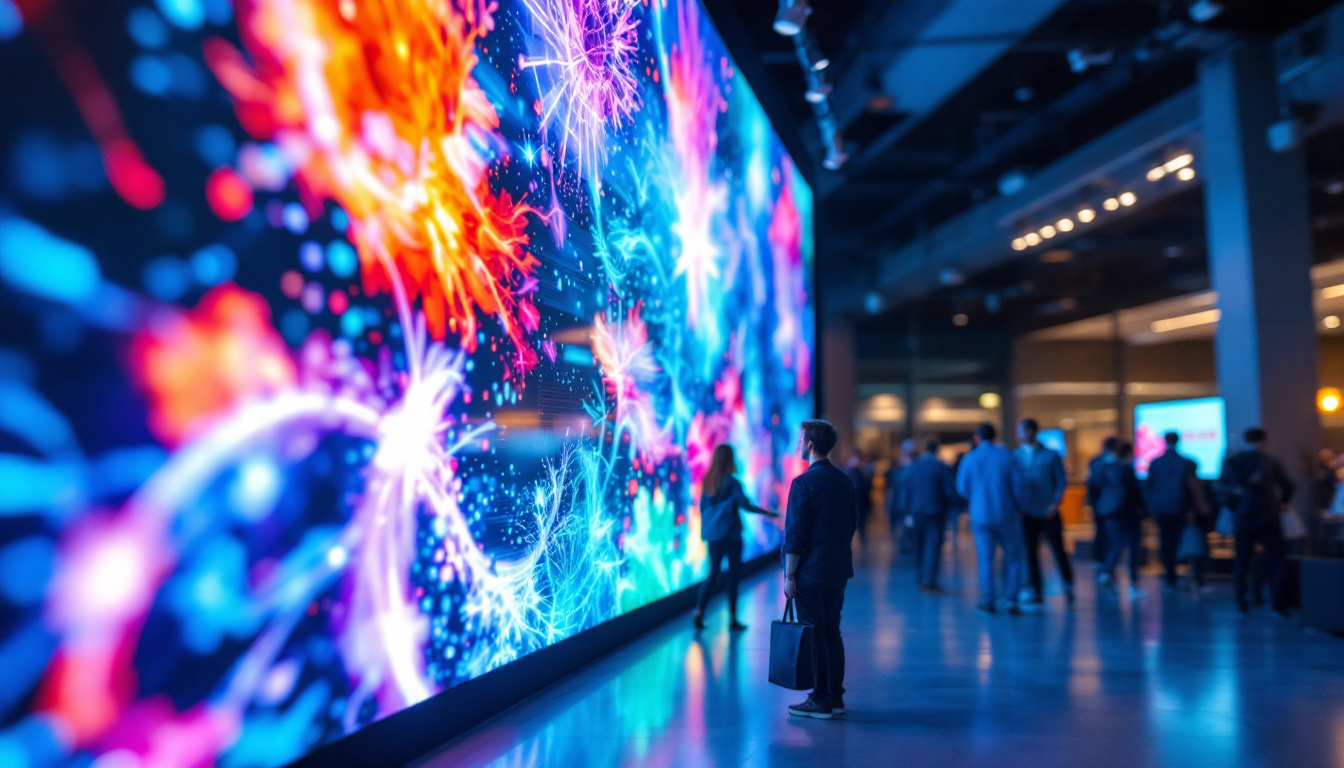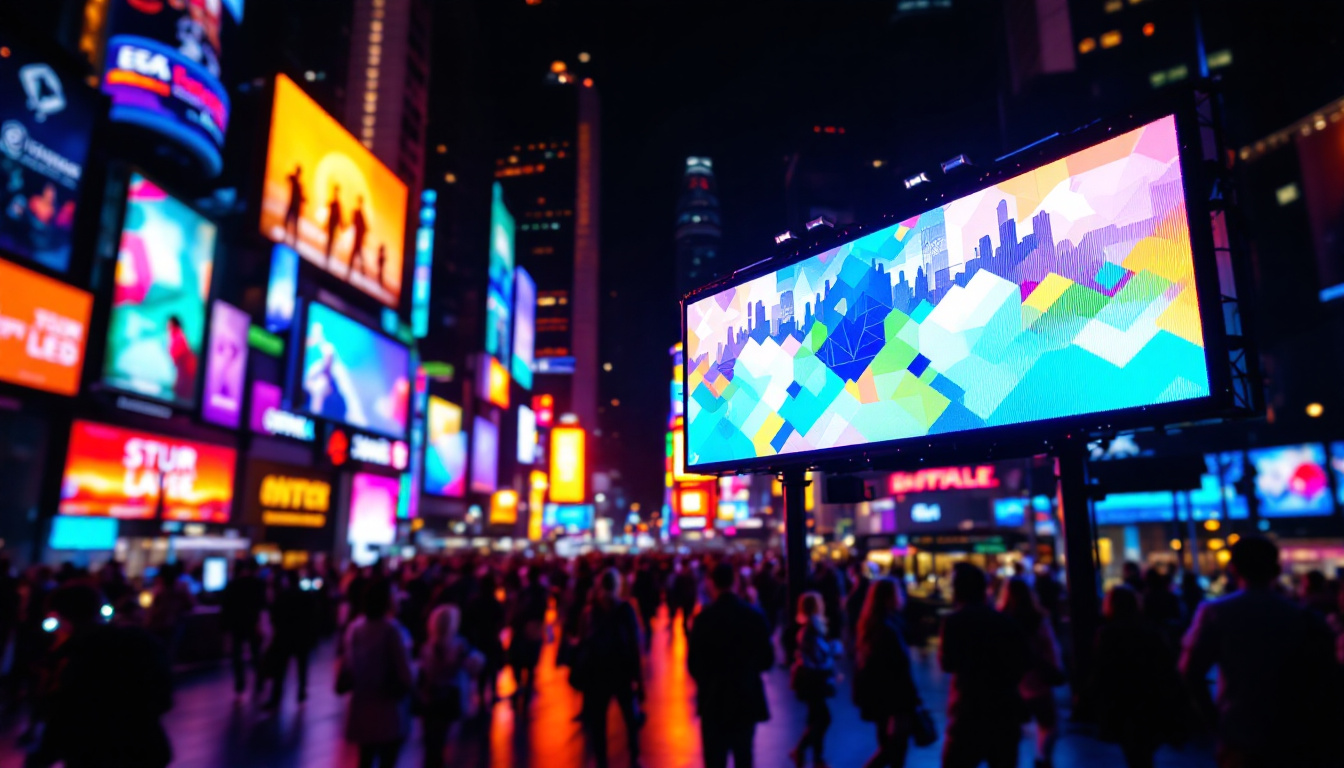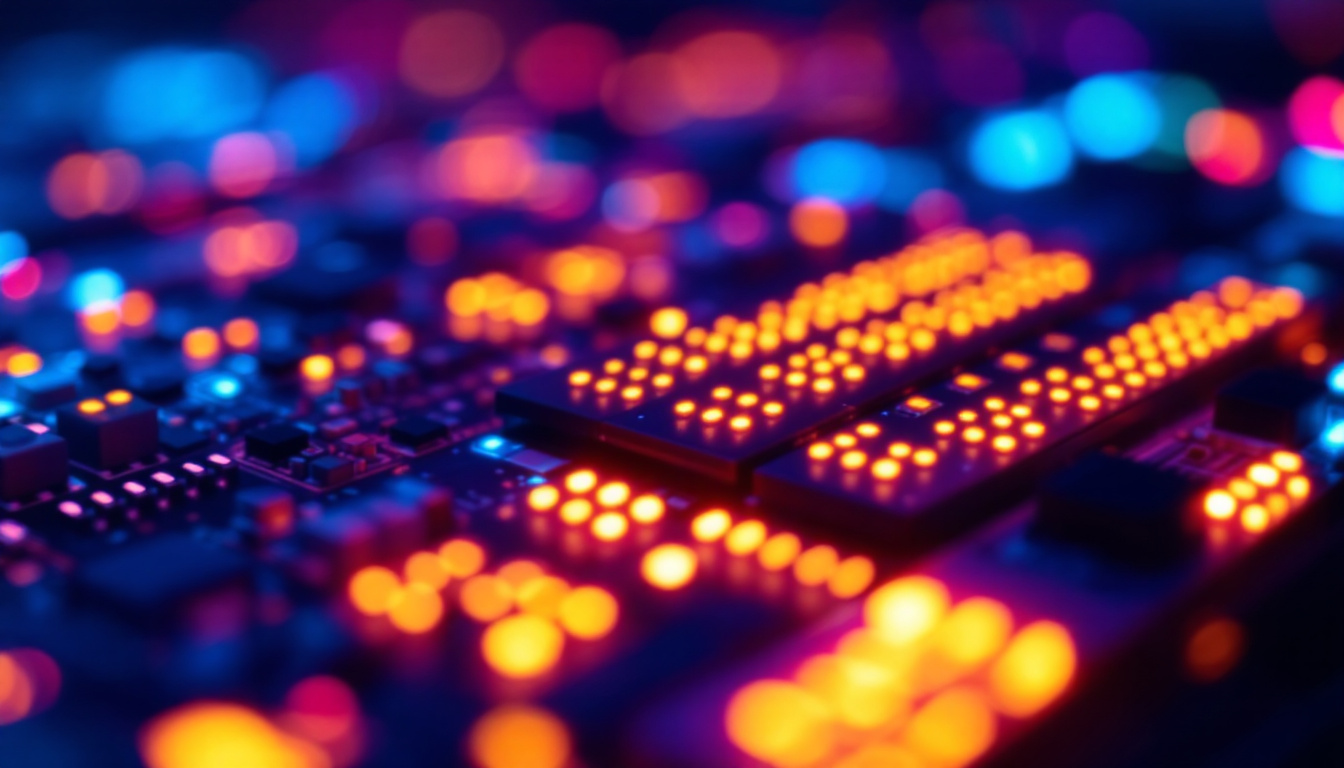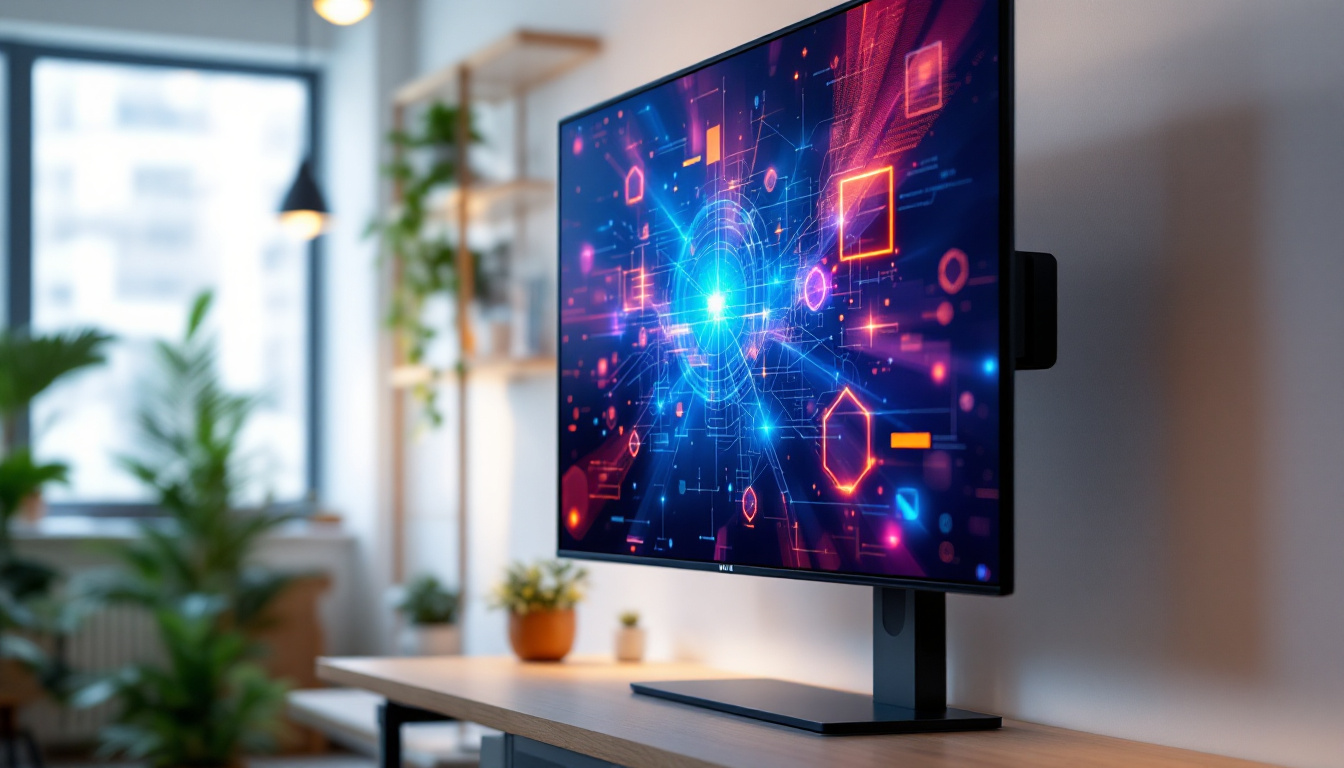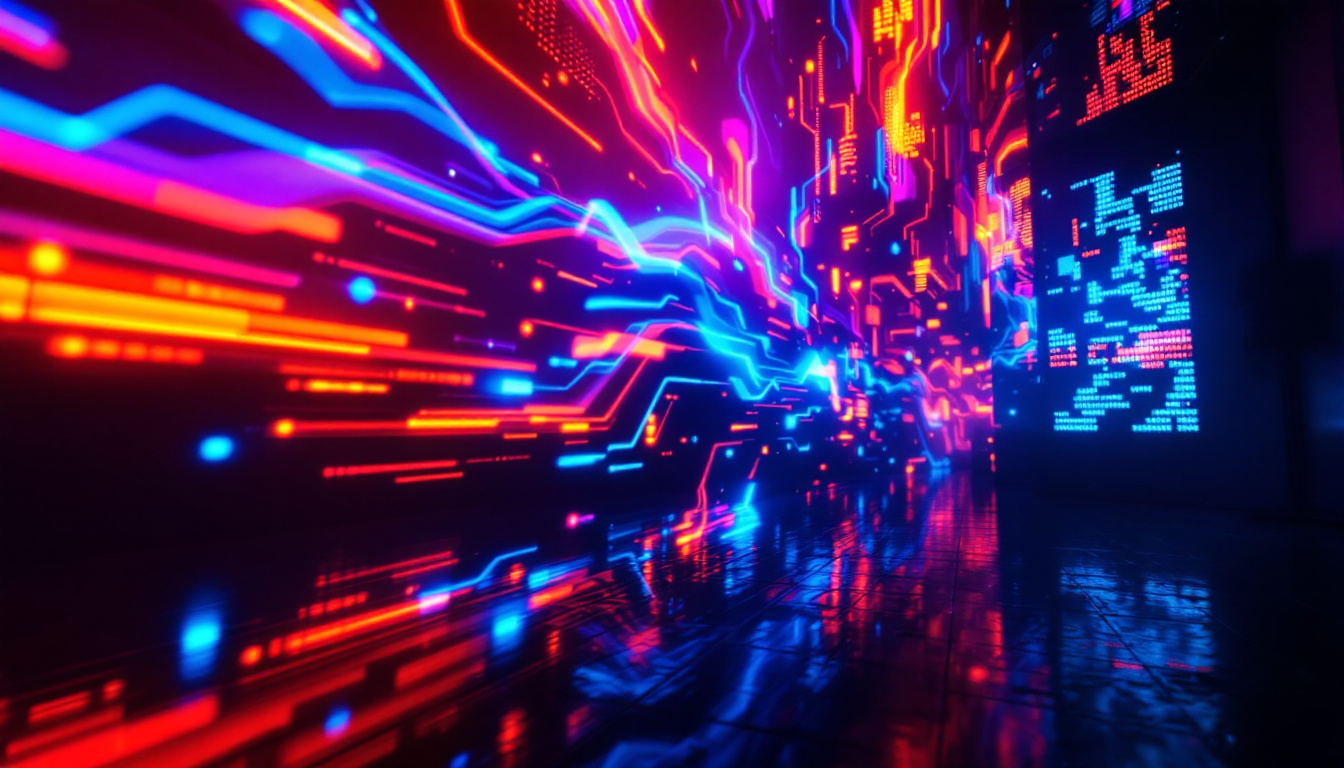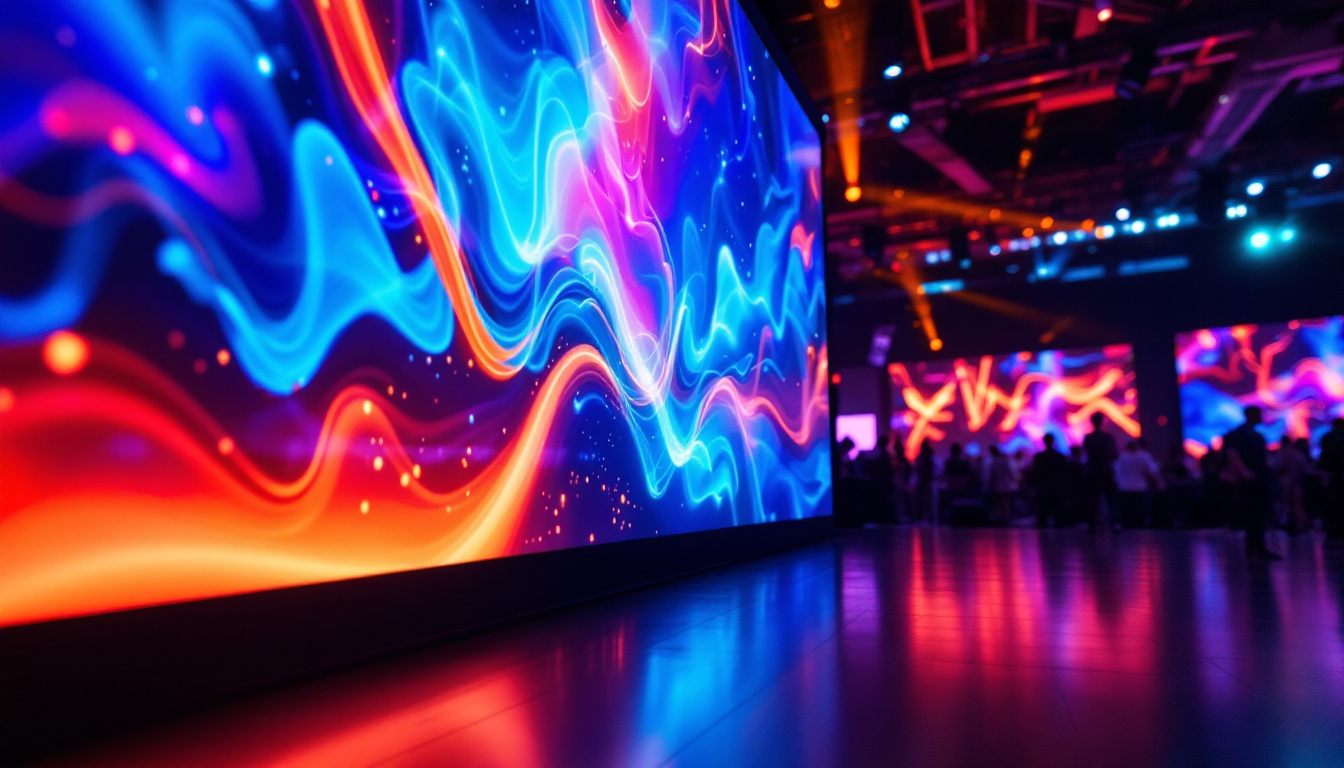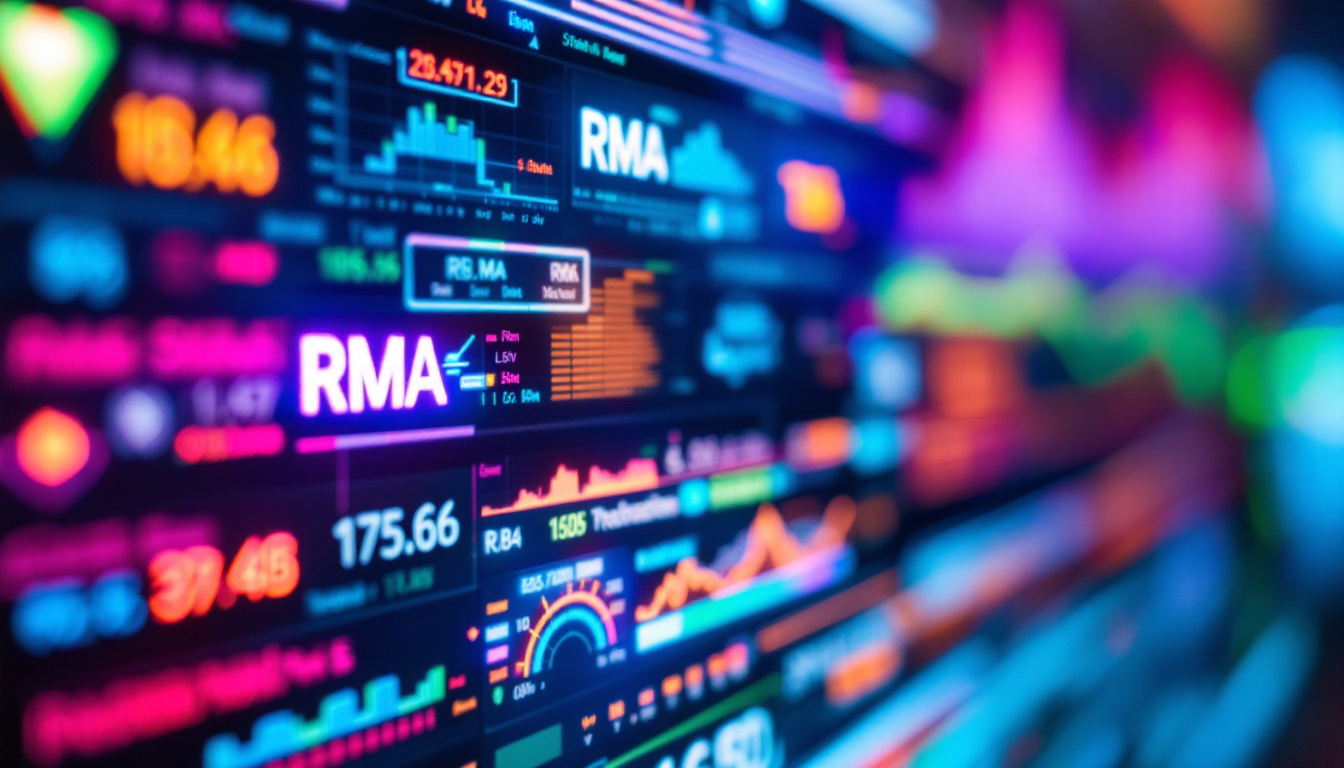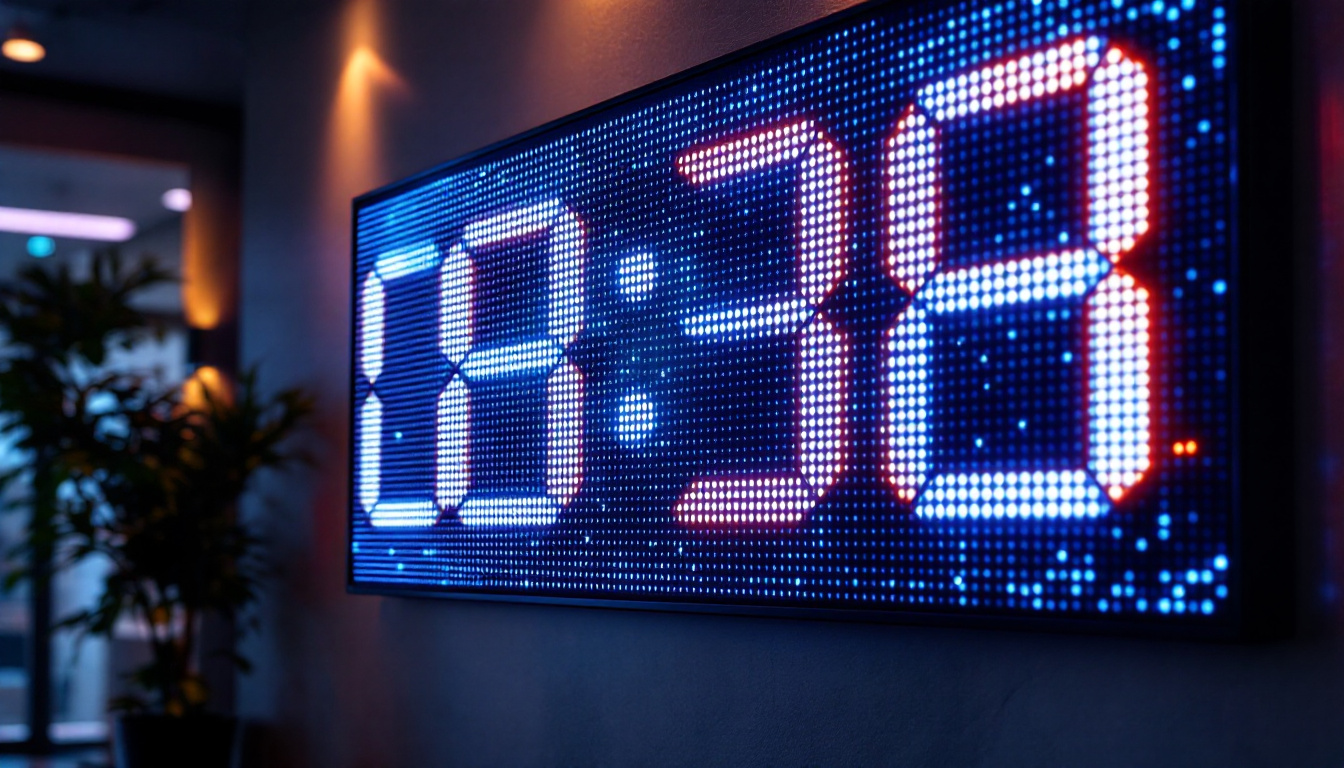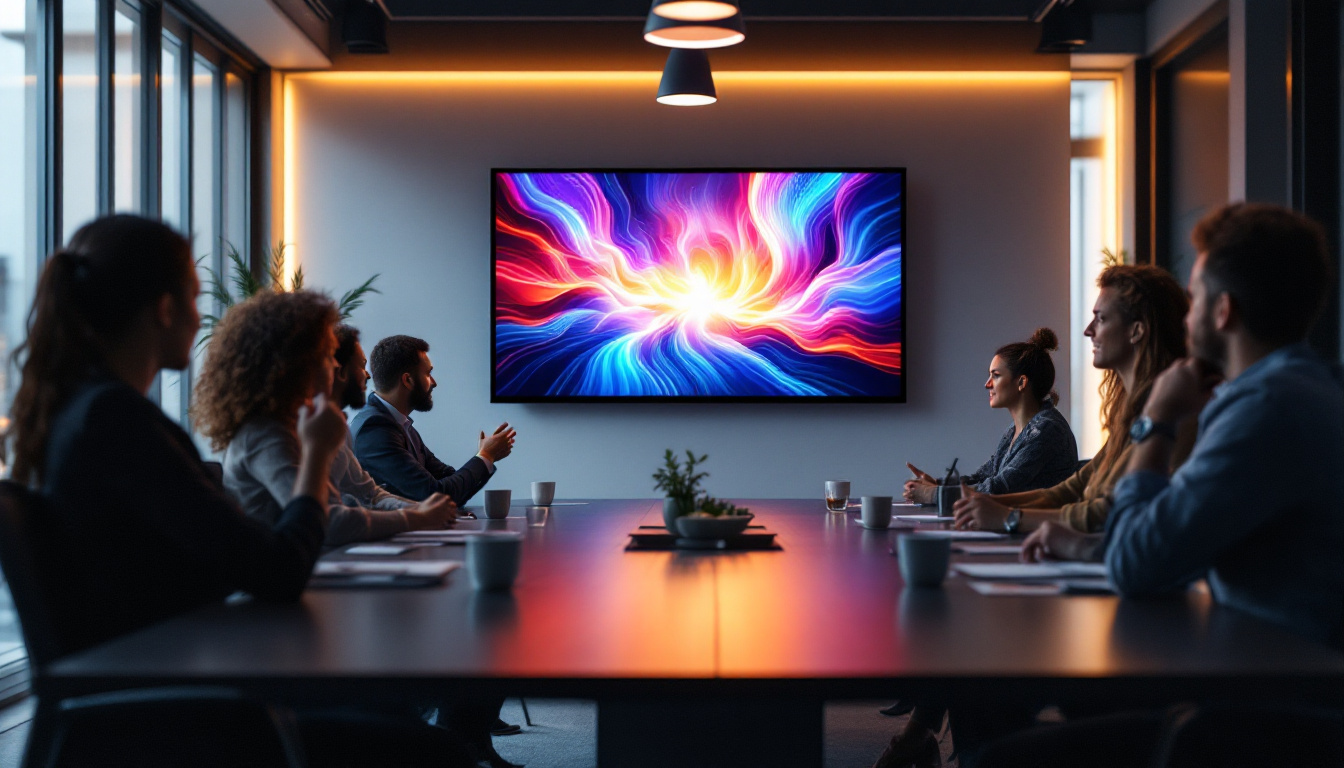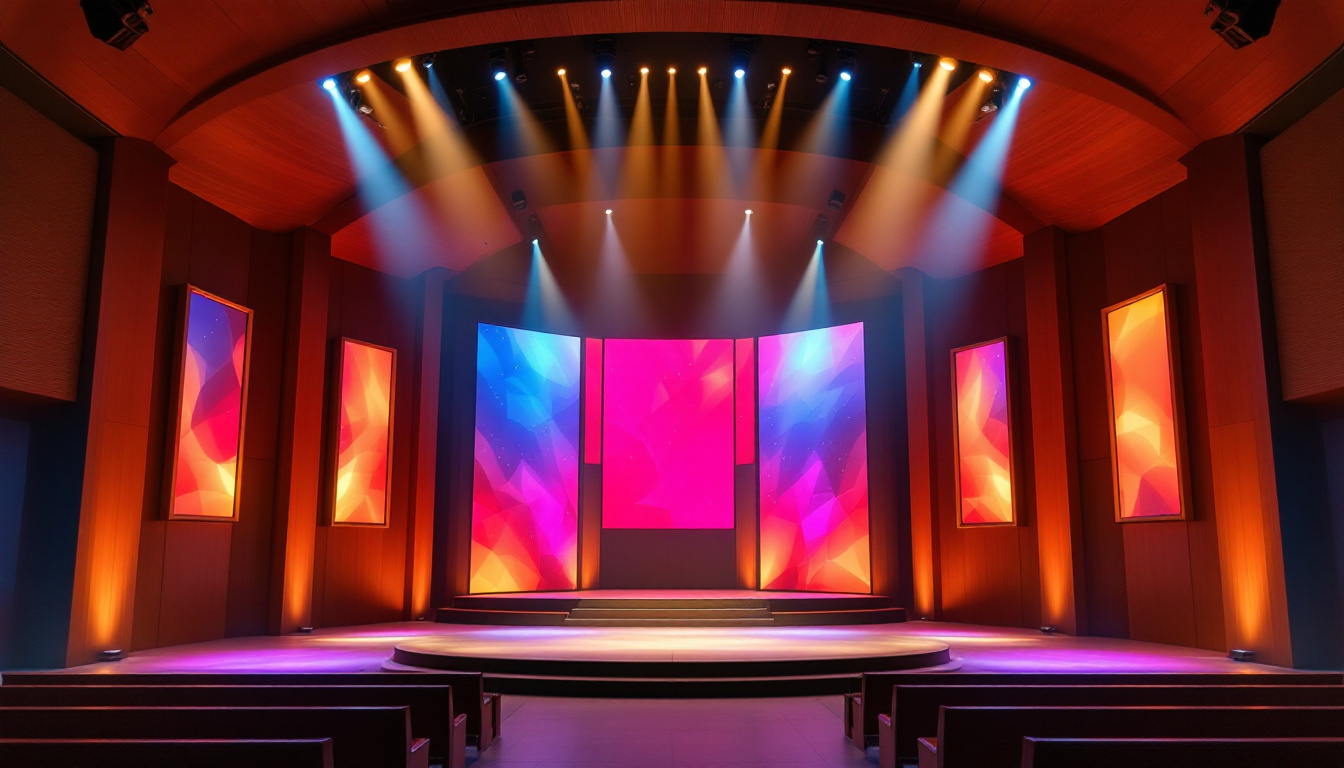In the modern world, visual communication has taken on new dimensions, and one of the most striking innovations in this field is the light panel wall, commonly known as an LED display. These dynamic displays have transformed the way information is presented, making it more engaging and interactive. This article delves into the intricacies of light panel walls, exploring their technology, applications, and the benefits they offer.
Understanding LED Technology
Light Emitting Diodes (LEDs) are semiconductor devices that emit light when an electric current passes through them. This technology has evolved significantly over the years, leading to the development of LED displays that are not only energy-efficient but also capable of producing vibrant colors and high brightness levels. The shift towards LED technology has transformed various industries, promoting sustainability and reducing energy consumption, which is crucial in today’s environmentally conscious world.
How LED Displays Work
LED displays consist of numerous tiny light-emitting diodes arranged in a grid. Each diode can produce red, green, or blue light, and by mixing these colors in varying intensities, a full spectrum of colors can be created. This RGB (Red, Green, Blue) model is fundamental to the operation of LED displays, allowing for the creation of intricate images and videos. The precision with which these colors can be manipulated is what sets LED technology apart from traditional display methods, enabling a level of detail and vibrancy that captivates audiences.
The diodes are controlled by a driver circuit that adjusts the brightness and color of each pixel based on the input signal. This allows for real-time updates, making LED displays ideal for dynamic content such as advertisements, live broadcasts, and interactive installations. The ability to display high-definition video and graphics in real-time has made LED technology a favorite among event organizers and marketers, as it can capture attention and convey messages effectively in various settings.
Types of LED Displays
There are several types of LED displays, each designed for specific applications. The most common types include:
- Indoor LED Displays: These are typically used in venues such as theaters, shopping malls, and conference rooms. They are designed for close viewing and offer high resolution. Indoor displays often incorporate advanced technologies like HDR (High Dynamic Range) to enhance image quality, making them suitable for presentations and entertainment purposes.
- Outdoor LED Displays: Built to withstand harsh weather conditions, outdoor displays are larger and have lower resolution compared to indoor displays. They are commonly used for billboards and stadium screens. These displays often feature protective coatings and robust casings to ensure durability, and many are equipped with sensors that adjust brightness based on ambient light, ensuring visibility at all times.
- Transparent LED Displays: These innovative displays allow light to pass through, making them ideal for shop windows and architectural applications. Transparent LEDs can create stunning visual effects without obstructing views, allowing businesses to showcase products while maintaining an open and inviting atmosphere.
In addition to these common types, there are also specialized LED displays such as flexible LED screens, which can be bent and shaped to fit unique spaces, and 3D LED displays that create immersive visual experiences. The versatility of LED technology is continuously expanding, with ongoing research and development aimed at enhancing performance, reducing costs, and increasing the range of applications. As a result, LEDs are becoming a staple in both commercial and residential settings, revolutionizing the way we interact with visual content.
Applications of Light Panel Walls
The versatility of LED displays has led to their widespread adoption across various sectors. From advertising to education, the applications of light panel walls are diverse and impactful.
Advertising and Marketing
One of the most prominent uses of LED displays is in advertising. Brands leverage the vibrant colors and high visibility of light panel walls to capture the attention of potential customers. Digital billboards and storefront displays can showcase dynamic content, including videos and animations, which are far more engaging than traditional static advertisements.
Furthermore, LED displays can be easily updated remotely, allowing businesses to change their messaging in real-time based on promotions, events, or seasonal changes. This flexibility not only enhances marketing strategies but also maximizes return on investment.
Entertainment and Events
In the entertainment industry, LED displays have revolutionized the way events are experienced. Concerts, festivals, and sporting events utilize large LED screens to enhance the audience’s experience. These displays can broadcast live footage, animations, and interactive content, creating an immersive environment.
Moreover, the ability to synchronize multiple LED displays allows for stunning visual effects that can elevate any event. This technology has become a staple in arenas and concert venues, where engaging visuals are essential to the overall experience.
Corporate and Educational Use
In corporate settings, LED displays serve as powerful tools for presentations and meetings. They can display data visualizations, videos, and interactive content, making information more accessible and engaging for audiences. This enhances communication and collaboration among team members.
Similarly, in educational environments, light panel walls can facilitate interactive learning. Schools and universities can use these displays to present information in a visually appealing manner, engaging students and enhancing retention. Interactive lessons can be created, allowing students to participate actively in their learning process.
Advantages of Light Panel Walls
The adoption of LED displays comes with a myriad of advantages that make them a preferred choice for many applications. Understanding these benefits can help organizations make informed decisions about their visual communication strategies.
Energy Efficiency
One of the standout features of LED technology is its energy efficiency. Compared to traditional lighting solutions, LED displays consume significantly less power while providing brighter output. This not only reduces operational costs but also contributes to environmental sustainability.
Furthermore, LED displays have a longer lifespan, which means less frequent replacements and maintenance. This longevity translates to lower overall costs for businesses and organizations that invest in this technology.
High Brightness and Visibility
LED displays are known for their exceptional brightness levels, making them suitable for both indoor and outdoor environments. The high visibility ensures that content remains clear and legible, even in direct sunlight or brightly lit spaces.
This characteristic is particularly beneficial for advertising and public information displays, where capturing attention is crucial. The vibrant colors produced by LED technology also enhance the visual appeal of the content being displayed.
Versatility and Customization
Light panel walls offer unmatched versatility. They can be configured in various shapes and sizes to fit different spaces and requirements. Whether it’s a large outdoor billboard or a small indoor display, LED technology can be tailored to meet specific needs.
Moreover, the ability to customize content allows businesses to create unique visual experiences. From interactive displays to personalized messaging, the possibilities are endless, enabling organizations to connect with their audiences in innovative ways.
Installation and Maintenance Considerations
While the benefits of LED displays are substantial, it is essential to consider the installation and maintenance aspects to ensure optimal performance and longevity.
Installation Requirements
The installation of light panel walls requires careful planning and execution. Factors such as location, viewing distance, and ambient light conditions must be taken into account. Professional installation is often recommended to ensure that the displays are mounted securely and positioned for maximum visibility.
Additionally, integrating LED displays with existing infrastructure, such as sound systems and lighting, can enhance the overall effectiveness of the display. Collaborating with experienced professionals can streamline this process and ensure a successful setup.
Maintenance Practices
Regular maintenance is crucial for the longevity and performance of LED displays. This includes routine cleaning to remove dust and debris, which can affect brightness and clarity. Additionally, software updates and hardware checks should be conducted periodically to ensure that the display operates optimally.
Many manufacturers offer maintenance contracts that include scheduled inspections and repairs, providing peace of mind for organizations that rely heavily on their LED displays for communication and advertising.
The Future of Light Panel Walls
The future of LED display technology is promising, with continuous advancements paving the way for even more innovative applications. As technology evolves, several trends are emerging that are likely to shape the landscape of light panel walls.
Integration with Smart Technology
As the Internet of Things (IoT) continues to expand, the integration of LED displays with smart technology is becoming more prevalent. This allows for real-time data updates, remote management, and enhanced interactivity. For instance, displays can be programmed to change content based on environmental factors or audience engagement, creating a more responsive experience.
Smart LED displays can also collect data on viewer interactions, providing valuable insights for businesses and organizations to refine their strategies and improve engagement.
Advancements in Display Quality
Technological advancements are continually improving the quality of LED displays. Higher resolutions, improved color accuracy, and better refresh rates are making it possible to create stunning visuals that were once thought to be unattainable. This evolution will enhance the effectiveness of LED displays in various applications, from advertising to entertainment.
Additionally, developments in flexible and transparent LED technology are opening up new possibilities for creative installations, allowing for unique designs that blend seamlessly with their surroundings.
Conclusion
Light panel walls, or LED displays, are revolutionizing the way information is communicated across various sectors. Their energy efficiency, high visibility, and versatility make them an invaluable tool for advertising, entertainment, and education. As technology continues to advance, the potential applications and benefits of LED displays are set to expand even further.
Organizations looking to enhance their visual communication strategies should consider the advantages of light panel walls. With proper installation and maintenance, these displays can provide a dynamic and engaging platform that resonates with audiences and drives results. The future of LED technology is bright, and embracing it can lead to innovative solutions that captivate and inform.
Discover Cutting-Edge LED Solutions with LumenMatrix
Ready to elevate your visual communication and captivate your audience like never before? Explore LumenMatrix’s comprehensive range of LED display solutions, from the vibrant Indoor LED Wall Display to the robust Outdoor LED Wall Display, and the innovative Transparent LED Display. Each product is crafted with precision to ensure your message stands out with clarity and impact. Whether for advertising, entertainment, or educational purposes, LumenMatrix is your partner in creating immersive visual experiences. Check out LumenMatrix LED Display Solutions today and see your vision come to life in brilliant light.


